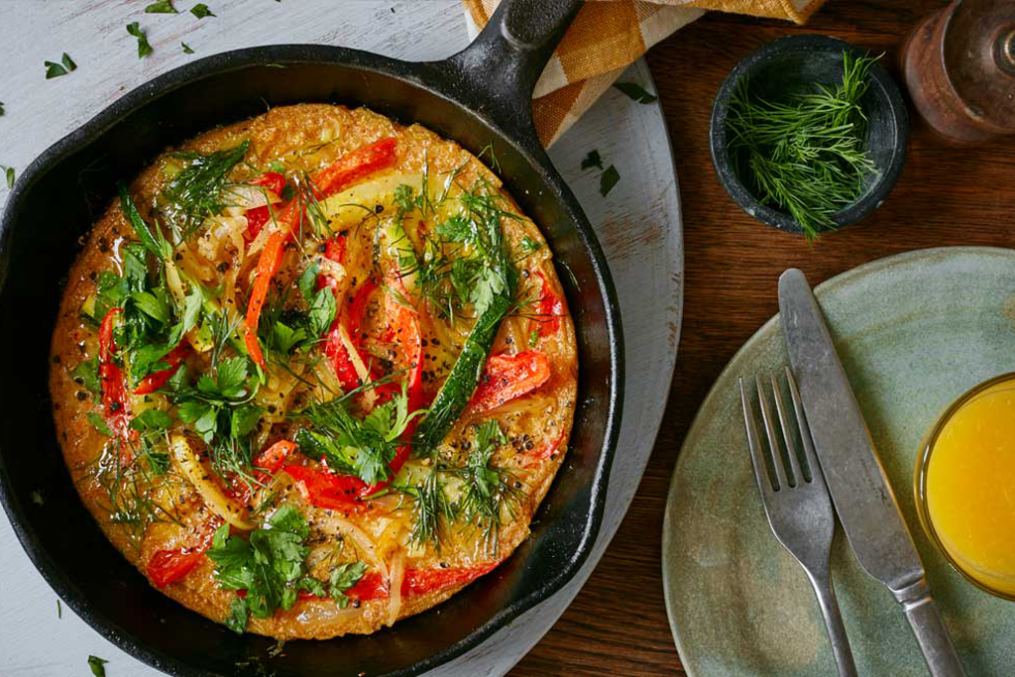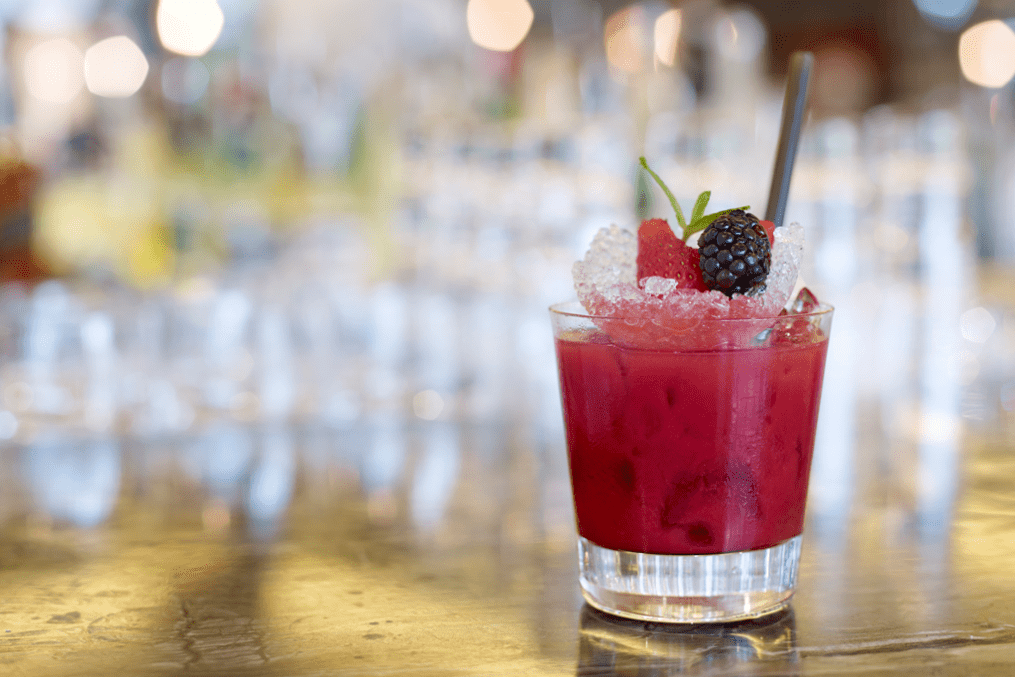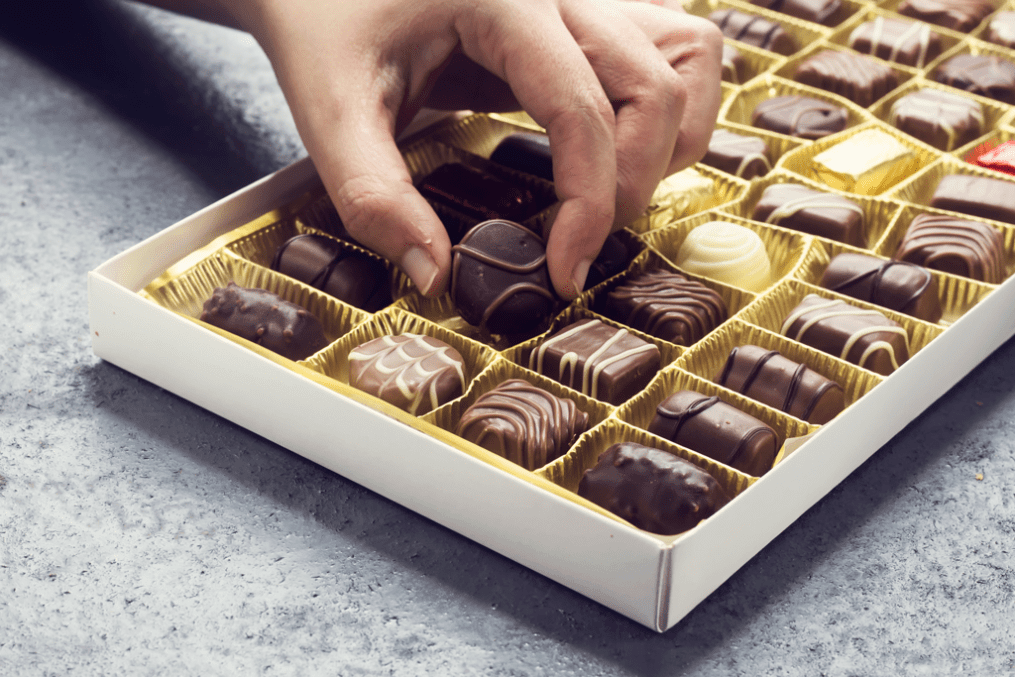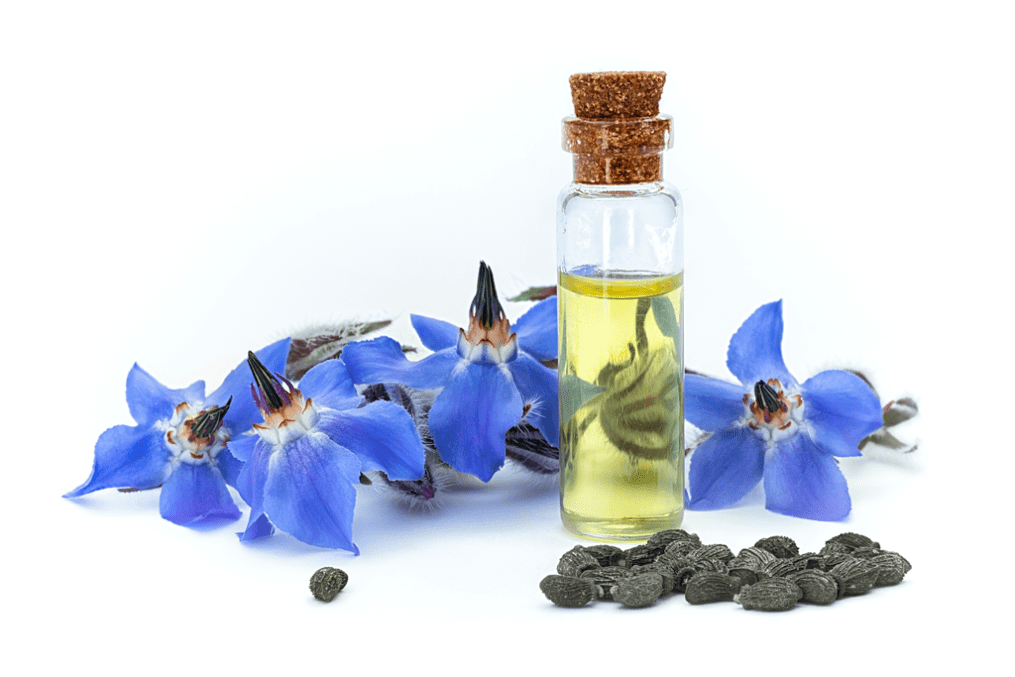 |
submitted by /u/mvea [link] [comments] |
source https://www.reddit.com/r/Health/comments/eje5kb/keep_exercising_as_its_good_for_your_brains_gray/
 |
submitted by /u/mvea [link] [comments] |

If you’ve recently switched to a plant-based diet, finding tasty vegan recipes to replace your staple meals can make things seem a little bit more manageable. Our vegan take on the classic breakfast omelette uses aquafaba (drained chickpea water) in place of eggs – but don’t worry about waste, you can use the leftover chickpeas to make more tasty vegan food. Simply stir them through a veggie curry for dinner, or whizz them up to make houmous and serve with crudités for a healthy snack. Adding courgette will help to aid digestion, as well as providing a good source of vitamin A, which supports your vision and immune system. Meanwhile, the pepper provides lycopene, which is believed to lower the risk of developing some cancers. And as well as boosting flavour, a regular intake of garlic can help improve your cholesterol levels, reducing your risk of heart disease. Now, anyone for a spot of brekkie?
Serves 2
2 tsp olive oil
1 onion, finely sliced
2 garlic cloves, crushed
1 romano pepper, finely sliced
1 courgette, cut into matchsticks
Drained water from 1 x 400g tin chickpeas
150g soft spelt flour
1 tsp mustard powder
¼ tsp turmeric
¼ tsp cayenne pepper
1 tbsp dill, roughly chopped
1 tbsp parsley, roughly chopped
1 Heat 1 tsp of olive oil in a non-stick pan and fry the onion for 5 minutes until it is soft. Add the crushed garlic with a pinch of salt and pepper, and fry for another 5 minutes.
2 Stir in the courgette and sliced pepper and fry for a further 10 minutes, until soft.
3 In a small bowl, make the ‘egg’ by whisking the chickpea water until soft peaks form, then sprinkle over the spelt flour, mustard powder and spices, and gently fold in.
4 Add the fried vegetables and herbs to the ‘egg’ mixture. Then season with the mustard powder, turmeric and cayenne pepper before transferring it back to the frying pan. Fry on medium-high for 4-5 minutes on each side until crispy and golden. The omelette will be quite fragile when flipping so it may be helpful to flip it onto a plate and then slide back into the pan.
5 Once cooked, cut into slices and serve with a green salad.
Recipe by Natalie Thomson
The post Vegan breakfast ‘omelette’ appeared first on Healthy Magazine | Food | Fitness | Beauty | Health.

Whenever Britain’s drunken escapades hit the news, one image is always wheeled out: a young woman lying passed-out on a Bristol street bench, copious bottles of booze piled beneath her. The country’s drink-fuelled history has been well-documented, with alcohol misuse reportedly costing the NHS more than £4bn every year, but this picture is now over 10 years old and, as recent trends suggest, no longer represents young people’s drinking habits. Instead many 16-24-year-olds (known as ‘generation sensible’) are now choosing to go sober, whether it be for health, social, or financial reasons. And although Dry January can feel like a daunting concept after the onslaught of the festive season, there are many reasons why we could benefit from taking a leaf out of their book and giving a booze-free month a go. Here are six obvious Dry January benefits:
Worrying about being left out of social plans can often put people off going sober, but the fact is that one in five adults in the UK is now teetotal. Among 16-24-year-olds, the number is even higher at just over one in four. Cutting down is becoming much more fashionable: Alcohol Change UK estimated that 4.2 million people attempted Dry January 2019. And you can still meet friends at the pub if you’re teetotal, just order a soft drink or non-alcoholic ‘mocktail’ instead.
Drinking alcohol is linked to several types of cancer, including breast and mouth cancer, so cutting it out will reduce your risk. Going teetotal will also slash your risk of liver disease, as your liver is the organ which has to work hard to metabolise alcohol. Additionally, quitting drinking will help you sleep better and could help you lose weight, as alcohol is full of sugar and empty calories.
Drinking and mental health problems can form a vicious cycle: excessive drinking can exacerbate existing mental health issues, while people who are suffering mental health problems might use alcohol as an unhealthy crutch. Alcohol consumption is also linked to increased anxiety and stress, and can be a contributing factor to depression. 54 per cent of millennials view their mental health as being of utmost importance, so the increase in teetotalism doesn’t seem so surprising.
Many of us have been there: you wake up with ‘beer fear’, trying to remember all of the embarrassing things you might have said, or done, the previous night. Social media has played its part in this form of anxiety, too. Anecdotal evidence suggests that a growing number of young adults are now anxious about the effects of alcohol, because their antics might end up on Instagram, while a further study found that young people branded those who are drunk ‘embarrassing’. Avoiding booze is an easy way to stay in control and minimise your chances of ending up in awkward situations.
The no- and low-alcohol market has traditionally been a pretty dreary one. Lately, though, the choice of products has improved dramatically, as drinks companies recognise there’s money to be made from moderation. Booze-free bars such as Redemption in London are setting the trend for going dry, offering artisan mocktails that are just as tasty as alcoholic alternatives.
As well as the obvious health benefits of ditching booze, going alcohol-free can help your bank balance look a little healthier. And even though today’s trendy mocktails are pricier than traditional post-mix soft drinks, they’re still usually half the price of their alcoholic alternatives. Try putting the money you would have spent on alcohol aside for a month and spending it on a self-care treatment, like a massage, or getting your nails done. The incentive at the end of the month will help to keep you on the wagon.
Adapted from an article by Anna Berrill
The post 6 reasons to give Dry January a go appeared first on Healthy Magazine | Food | Fitness | Beauty | Health.

We all get them. It can be anything from a strong coffee to crunching ice. But are our food cravings trying to tell us something about our health and wellbeing? And how much attention should we pay to them? ‘Cravings are a desire for a specific thing – from exercise and sex to alcohol and cigarettes – and, in the case of food, the craving normally starts with general hunger, which then leads to a focus on what might satisfy you,’ says Jackie Andrade, professor of psychology at the University of Plymouth. It differs from general hunger and thirst. ‘With a craving, you’ll conjure up images about a food, think about the taste or smell and how much you’ll enjoy eating it. When you devote attention to it, it’s distracting you from other things – that is the craving.’ But why are they often so specific?
Your energy has evaporated, and if you don’t have chocolate in the next 10 seconds you’re going to collapse. OK, so you know you won’t, but the thought of that delicious mouthful does seem as if it would kick-start your mojo, lift the fog and get you back in the zone. But there are a few reasons why 4pm triggers sugar cravings. ‘If you don’t eat much protein and fat and have lots of carbs for lunch, then about 4pm is when you’ve converted that to energy and need more,’ says Professor Andrade. Switch to a lunch that includes nuts (almonds are great), eggs, dairy or oats. Another possibility is your set-time craving is just part of your routine: if you always have a cup of tea at 3pm, and you notice your mug is empty around that time, then focusing on this habit is the next step. ‘Change the narrative,’ says Professor Andrade. ‘Step outside and call a friend for five minutes, work in a different spot or arrange a meeting for that time to help you divert the habit.’
Lastly, consider that you’re tired and bored – not uncommon at the end of a working day. ‘You have things to do, but you’re devoting your energy to the craving, making the tasks at hand more onerous,’ says Professor Andrade. ‘Distraction from the craving is better than giving in – especially if giving in causes problems like putting on weight.’
Surprisingly, food preferences often have nothing to do with our bodies and everything to do with our background. ‘The studies I have looked at indicate that preferences can be cultural,’ says Professor Andrade. ‘In Japan, rice is one of the most commonly craved foods.’ But there can be complex reasons, too. ‘It can also be partly habit, partly preference and partly what you use to boost your mood so you associate it with rewards,’ says Professor Andrade. Which brings us to comfort eating. ‘When you’re under pressure or anxious and you’re craving food, try to do something fun to lift your spirits, like a brisk 10-minute walk,’ she adds.
Other variants on this theme include that craving crisps means you have a sodium deficiency, and that urge for chocolate means you’re low on magnesium. But is it true? There is evidence that crunching on ice (pagophagia) may be linked to iron deficiency, but that seems to be it – after all, if nutrients are what we crave, wouldn’t we all be munching raw broccoli? ‘Most of the time you’re craving something because it’s nice,’ says Professor Andrade.
‘Generally, tiredness or negative mood can be triggers for cravings and especially for things that make you feel more alert, like coffee, chocolate and alcohol,’ says Professor Andrade. Try to find other things that make you feel alert to stop sugar cravings – like going for a run or splashing water on your face. ‘When you’re tired or feel down, you have less energy to “feed” the craving, so a solution lies in combatting the discomfort,’ explains Professor Andrade. That means taking on a positive frame of mind – reflecting on an exciting event you have coming up, for instance.
There are things we consume that are linked to addiction – smoking, alcohol and even cheese. But the main difference between an addiction and a craving is that an addiction impacts the quality of your life. ‘Sometimes, we act on urges and they don’t become a problem, but if you can’t function until your craving has been satiated then it can be an issue,’ says Professor Andrade. Signs of addiction also include doing something more and more to get the same rewards and not being able to stop. On the other hand, cravings tend not to last more than 10 minutes. ‘You should be able to “surf the urge”, which means distracting yourself until it passes,’ says Professor Andrade.
Do remember that cravings can be a good thing – prompting us to take note of something we need; for example, if you’re busy and have forgotten to eat. ‘We want to harness cravings and use them to achieve positive things,’ she adds. Things like longing for exercise, or fresh veg. ‘We know cognitive effort is part of a craving, and we want to train people to focus on their benefits.’ If you’re hankering after some sugar to see you through that 4pm slump, think about the health benefits of saying no. If it’s exercise you crave (or want to learn to crave), think the same… And say yes. ‘If you have a well-practised image of how better behaviour will benefit you, switch your thinking to that,’ adds Professor Andrade.
The post What happens when you get cravings appeared first on Healthy Magazine | Food | Fitness | Beauty | Health.

If you’ve not heard of starflower oil before, you won’t be alone. While the plant it comes from has been used as a herbal remedy for centuries, we’re only just beginning to understand the health the benefits of its extracted seed oil. Increasingly, starflower oil is popping up on ingredients labels for beauty products and in capsules to take as an oral supplement, but what exactly is starflower oil and what are its benefits?
It’s extracted from the seeds of Borago officinalis, or borage plant, which is native to Europe and North Africa and is sometimes referred to as starflower, due to its blue star-shaped flowers. Borage has been used for thousands of years as a natural remedy – it was mixed in the wine of soldiers to give them courage, and ancient Greek physician Dioscorides said it could ‘cheer the heart and lift the spirits’ – but we’ve only recently begun to uncover the benefits of its seed oil.
Starflower oil is rich in gamma linolenic acid (GLA), an essential omega-6 fatty acid which maintains the health of cells and reduces inflammation. Regular GLA intake is believed to ease joint pain and reduce swelling. Also present in evening primrose oil, GLA is believed to help reduce menopause symptoms, such as mood swings and hot flashes, due to its anti-inflammatory properties. Additionally, starflower oil is beginning to crop up as an ingredient in various skincare and beauty products as it’s believed to improve skin health. Some research has indicated that starflower oil benefits the skin by improving its protective barrier.
In a randomised double-blind trial, the effects of starflower oil, fish oil and a combination of the two were compared as a means of treating the symptoms of rheumatoid arthritis. The research found that for all three treatment groups, symptoms of rheumatoid arthritis were significantly reduced, suggesting that a starflower oil supplement could be an effective substitute for medicative interventions.
A study published by the Journal of Paediatrics looked at the use of a starflower oil and fish oil-supplemented formula to encourage growth in premature babies. Although the researchers found no significant difference in brain development, they observed a higher rate of growth and weight-gain in the babies who were given the supplemented formula, compared to those given the non-supplemented formula. The results are promising for supporting the healthy growth of preterm babies.
In a 2018 review of studies into the anti-inflammatory and skin barrier repair effects of plant oils, application of starflower oil to the skin was found to be helpful for sufferers of eczema and itchy scalps. The review referenced a double-blind placebo-controlled clinical trial in which children were given undershirts to wear which were coated in starflower oil. Children who were given the coated undershirt experienced less moisture loss through the skin than a control group, suggesting that starflower oil can support the skin’s barrier function. However, an earlier review found that when taken orally, starflower oil had no significant benefits for eczema sufferers, compared to a placebo.
It’s important to remember that our bodies can only naturally produce tiny quantities of GLA, which means it must be obtained through our diet, or an oral supplement, to achieve adequate levels. However, there isn’t currently a recommended upper limit, so if you want to take starflower oil as a dietary supplement, stick to the dosage stated on the bottle. Side effects can include bloating, headaches, nausea and vomiting. If you have liver disease, or are currently taking any medications that effect your liver, or alter the ability of your blood to clot, consult your doctor before taking a starflower oil supplement. Importantly, you should never ingest the pure essential oil orally.
If you want to use starflower essential oil on your skin, make sure that it is diluted in a carrier oil first, as the pure form can cause irritation. If you notice any symptoms of an allergic reaction, including rashes, swelling, breathing difficulties, or dizziness, seek medical attention immediately.
The post What does starflower oil do? appeared first on Healthy Magazine | Food | Fitness | Beauty | Health.
Subscribe UsPopular Posts
|